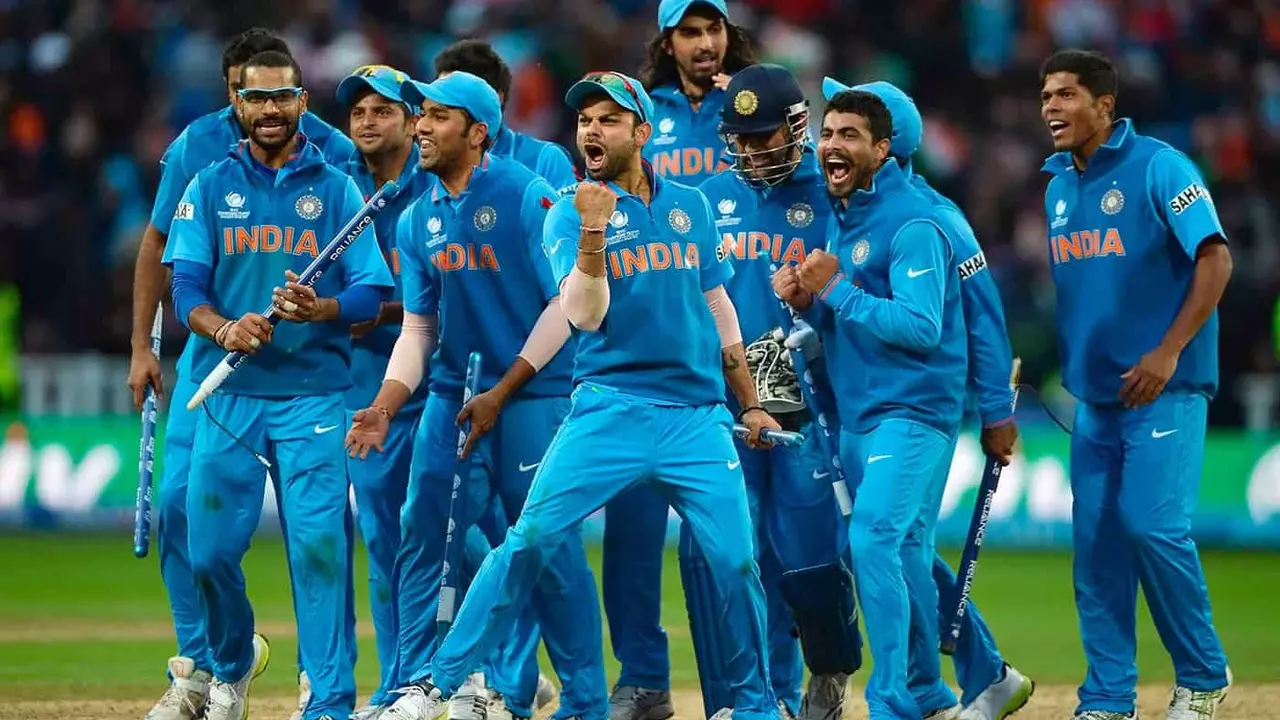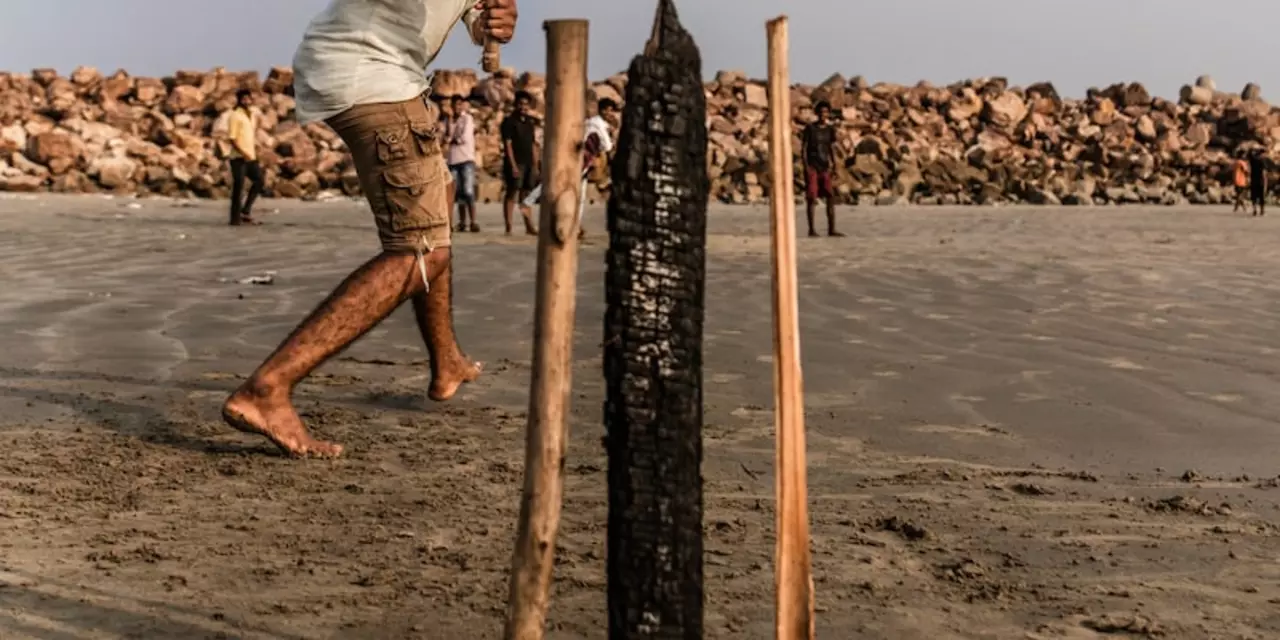Understanding Cricket Formation: What It Is and Why It Counts
If you’ve ever watched a match and wondered why the field looks the way it does, you’re looking at formation. In cricket, formation isn’t just about standing in a line – it’s the plan a team uses to attack, defend, and manage the pitch. Knowing the basics helps you follow the action and even improve your own game.
Batting Formation: How Batsmen Set Their Stance
When a batsman walks out, the first thing to notice is the stance. A straight‑bat stance keeps the bat in line with the ball, making it easier to play both defensive shots and drives. Players who tilt their bat too much often miss runs or get caught. Coaches stress a balanced stance: feet shoulder‑width apart, weight slightly on the balls of the feet, and the bat pointing toward the bowler. This simple formation lets the player adjust to any delivery quickly.
Beyond stance, the partnership formation matters too. Two batsmen need to communicate about running between the wickets, decide who takes the singles, and plan aggressive versus defensive plays. Good communication creates a steady flow of runs and reduces the chance of a run‑out.
Fielding Formation: Where the Players Stand
Field placement is the most visible part of cricket formation. The captain sets a field based on the bowler’s style, the pitch condition, and the batsman’s strengths. For a fast bowler on a bouncy pitch, you’ll often see deeper fielders to catch mistimed drives. On a turning track, the slip cordon tightens, and a square leg might be placed to catch the ball off the pad.
Modern cricket also uses aggressive formations like the “powerplay” field, where only a few fielders are allowed outside the inner circle. Teams spread the outfielders wide to cut scoring options and force the batsman into risky shots. Understanding these patterns lets fans predict when a wicket is likely.
Fielding formation isn’t static. Captains constantly tweak positions after each over, reacting to the batsman’s shot selection. A quick shift from a defensive to an attacking field can change the momentum in a few minutes.
Pitch Formation: Why Grounds Have Multiple Strips
Ever wondered why a stadium has three or more pitches? Each strip offers a different amount of wear, bounce, and spin. Groundsmen rotate the pitches to keep the surface fresh and to give teams a variety of playing conditions throughout a tournament.
When a pitch is used heavily, the grass gets worn down, and the surface can become slower or aid spin. Having backup strips ensures that a match can continue even if the main pitch gets damaged by rain or over‑use. This multi‑pitch formation is a strategic tool for organizers to keep the tournament fair and exciting.
In short, formation in cricket covers batting stance, partnership setup, field placement, and even the selection of the playing strip. All these pieces fit together to create a game plan that can turn a close match into a clear win. By paying attention to these formations, you’ll catch the tactics behind every run, wicket, and boundary, making the sport even more enjoyable.
How was the first cricket team of India was formed?
The formation of India's first cricket team is an interesting historical journey. It all started back in 1926, when the Board of Control for Cricket in India (BCCI) was established, marking the beginning of a formal cricketing structure in the country. The BCCI then worked towards getting international recognition, which led to India playing its debut test match in 1932 against England. The team was a mix of talented players from different regions of India, handpicked by the selectors. It was indeed a significant milestone that paved the way for India's rich cricketing legacy.
Details +How does the 4 shadow form in a cricket ground?
This article explains the formation of a 4 shadow in a cricket ground. A 4 shadow is created when the sun is at an angle low enough to cast four distinct shadows of a cricket pitch. The four distinct shadows are created by the wickets, the stumps, and the two sets of bails. The fourth shadow is created by the batsman's feet and the ball when in play. The 4 shadow is used by cricket players to determine the angle of the sun, and the direction in which the ball is being bowled. It is also a useful tool for fielders to help them position themselves for catching or fielding the ball.
Details +
